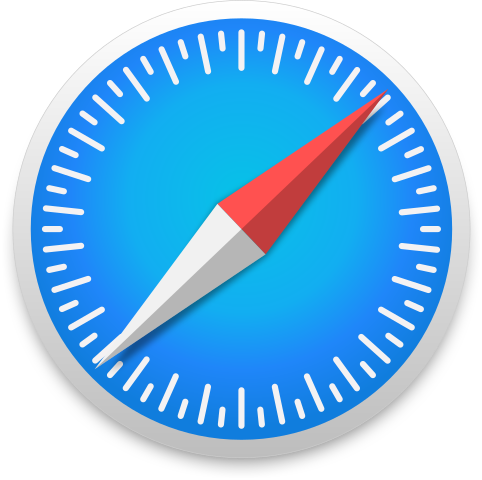Flash Photography
Manage episode 436946983 series 3519579
Flash photography certainly has its place, but not always where you might think.
Sure, it is one option in low ambient light situations and can also be used in daylight to make sure the subject is correctly exposed without overexposing everything else. But is a standard 'pop-up' flash the best option.
Pop-ups are useful but are all but guaranteed to create red-eye when photographing people. And are they really powerful enough to be useful.
Realistically you need to buy a flash gun and I talk about a few of the things to consider when using one. These will also influence which flashgun is right for you!
Now, there were some maths in this podcast. The important maths is the Guide Number (GN) of the flash. This is calculated from:
GN = (flashgun to subject distance) x (Aperture needed for good exposure)
This will be specified at a particular ISO. The example I gave is a distance of 7.5 meters at aperture f/8, which gives a GN of 60 (7.5 x 8) @ ISO 100.
Obviously you will need to vary the aperture and/or ISO as you change the distance to your subject, but the answer to the equation will always be 60.
Flash (especially off-camera flash) adds another dimension to your photography and is well worth exploring.
It's time for another podcast...
If you've been inspired to improve your photography, download my FREE guide to 10 ways to improve your photography today.
10 Simple Steps to Improve Your Photography
Support the show
Thank you for listening to my podcast. If you would like to subscribe you can do so here:
https://www.buzzsprout.com/1803730/support
Website
Please check out my website for the latest collections, photography tips and challenges, and more!
Contact Me
You can contact me directly at: [email protected]
Please don't keep me a secret! Please share my podcast with anyone else who you think might be interested.
Thank you for listening.
151 episodios




